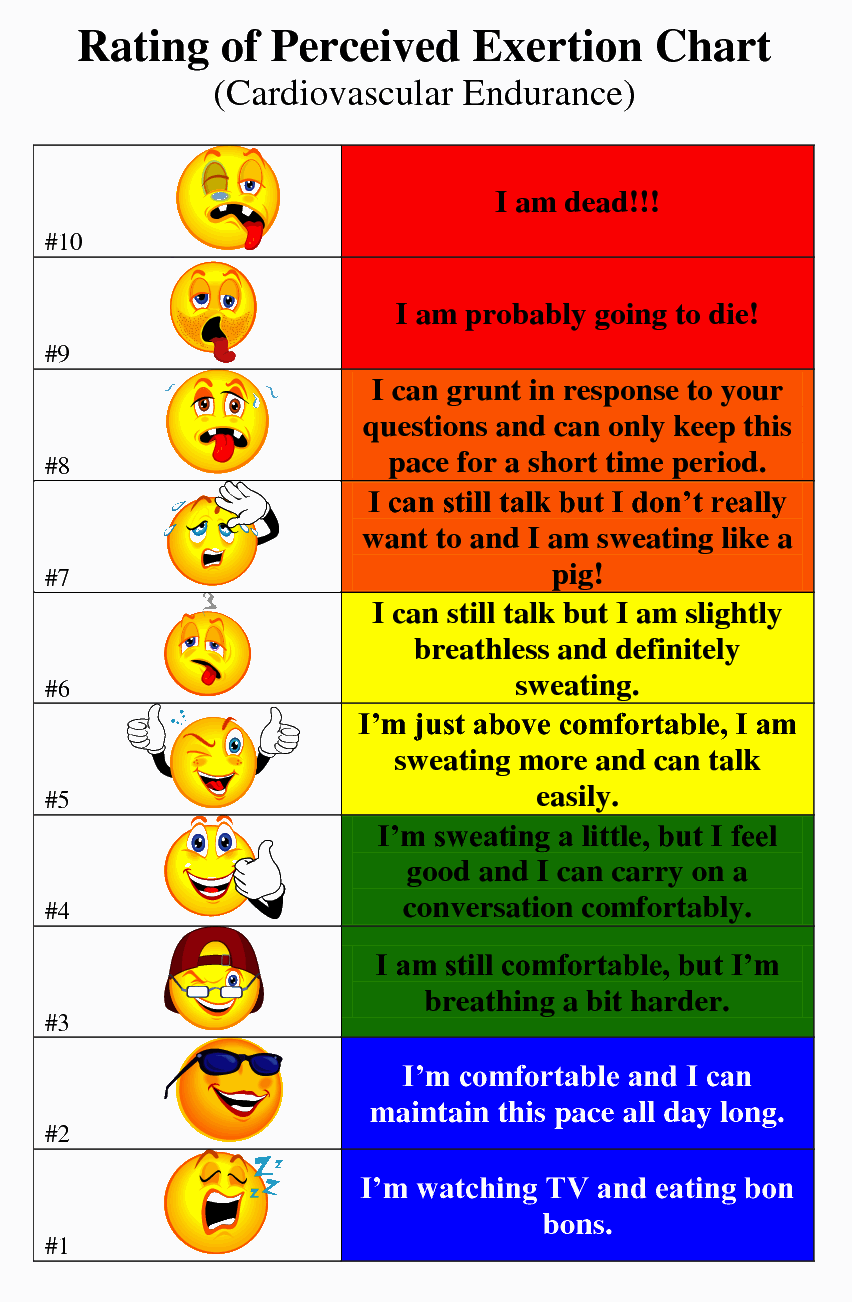Sufferers of Sweaty Feet
The winter season may be a burden for those with super sweaty feet and are trapped all day in closed toe shoes e.g. winter boots.
Hyperhidrosis is the term for excessive sweating of the feet. This condition more frequently affects men than women and more often occurs in younger adults than in older adults. The exact cause of this condition is relatively unknown and is usually associated with a genetic factor.
People with hyperhidrosis usually find that their feet exhibit a whitish and wet appearance. Foot odour may also be present. Hence, these individuals are more prone to foot infections.
It is important to proper good foot hygiene. Here are some tips:
– Wash feet with antibacterial soap. Dry thoroughly.
– Apply cornstarch, foot powder or antifungal foot powder to your feet.
– You can try to apply an antiperspirant on the soles of your feet.
– Applying rubbing alcohol in between the toes is also another option.
– Make sure to change your socks, if possible, during the middle of the day.
– Certain types of socks have moisture wicking abilities which may be beneficial for your feet.
If you have more specific concerns regarding your feet, feel free to set up an appointment for a consultation with the Chiropodist, Jennifer Lam, at the Form and Function Clinic.

